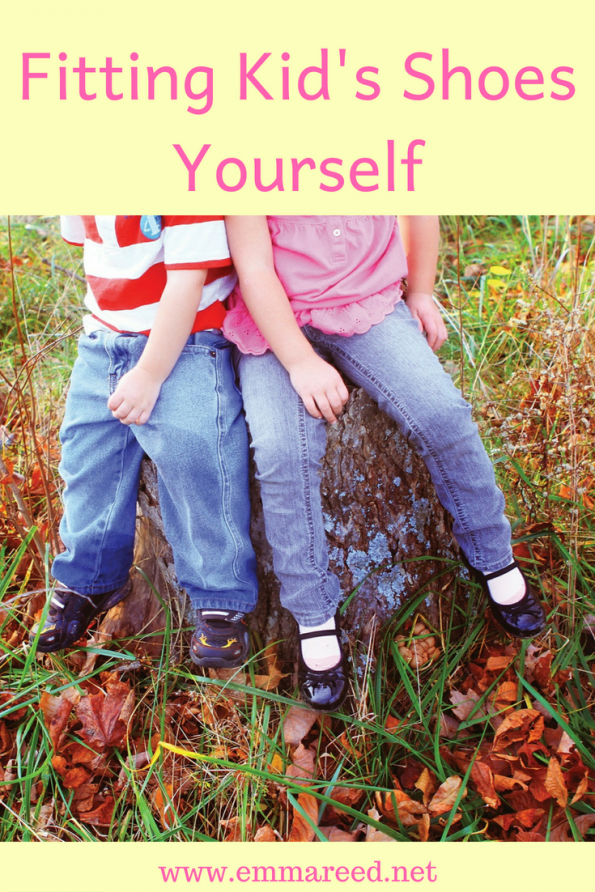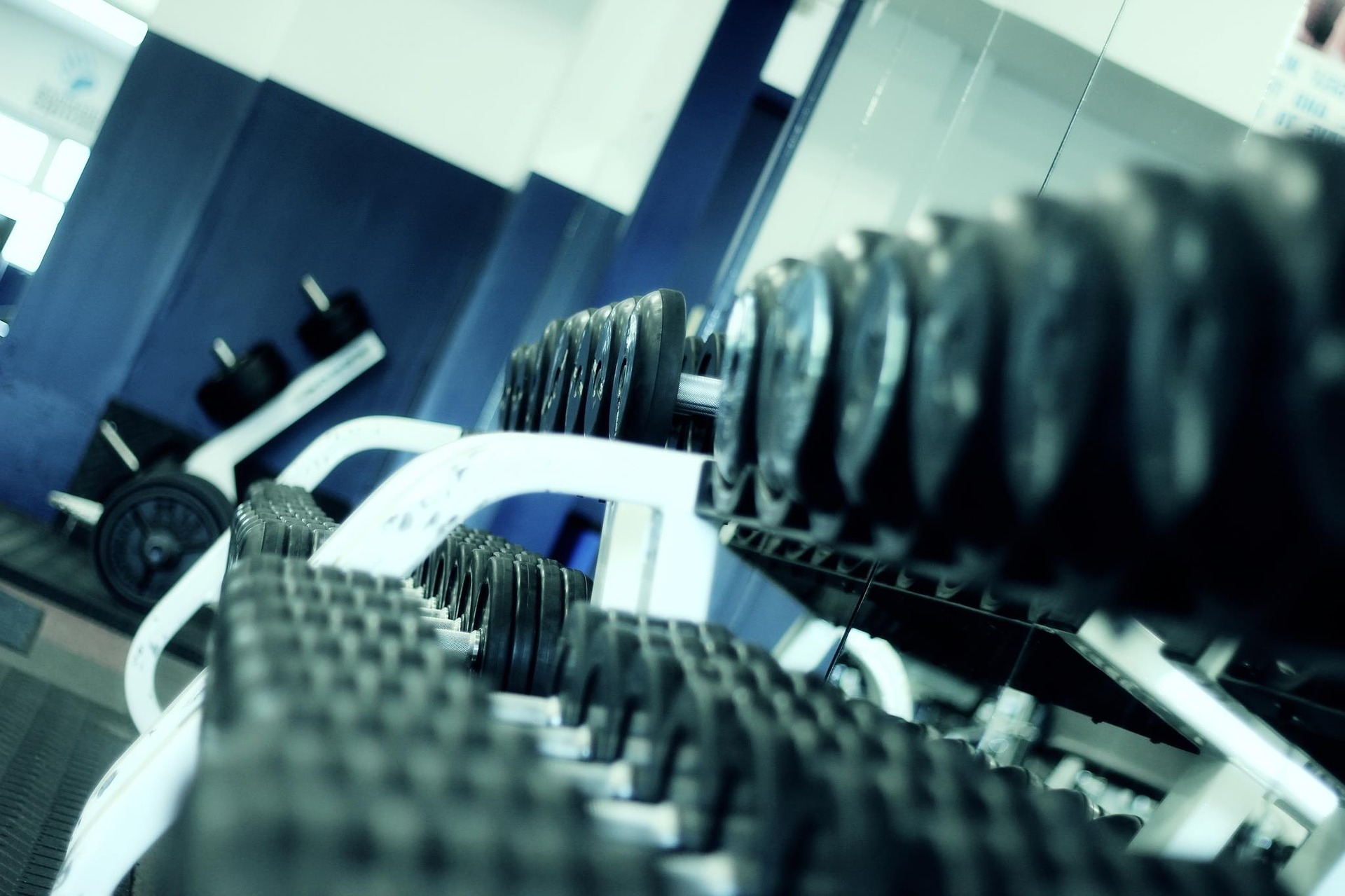
Fitting Kid’s Shoes Yourself

So, I used to work for a very well-known shoe retailer. I worked my way up in the company to become a Manager of a store and I was extremely passionate about what I did, especially when it came down to fitting kid’s shoes correctly. Those who worked for me will fondly remember (you loved it really!) all the training I put them through, how I worked far too many hours and had them dusting and organising the shop in every spare moment! I felt that we provided more than just an item to wear, we provided a service to ensure that people went away with well-fitting shoes and better overall knowledge of foot health. It’s funny
how this passion has never left me and even though I have no longer work for them, and therefore no longer get my discount (oh how I miss it!) I still buy shoes from there for my whole family.
With purse strings being tightened and bargains sought after, it is extremely tempting these days for parents to buy kids shoes straight off a sale rack, take hand me downs from friends or buy used ones from sites such as eBay. I do completely understand this and I will also look around for a better price ̶ just the other week I popped to Gunwharf Quays (a factory outlet in Southsea) to try and save a few pennies. My worry is that to try and save a few ‘bob’ you could be putting your children’s foot health at risk and causing unnecessary discomfort. I am not here to lecture, after all, I do not know everyone’s situations and a pair of shoes is better than no shoes at all, but I feel that with my knowledge I can advise you in order for you to make some improved decisions.
But can’t I just buy used shoes or take hand me downs?
The problems:
- Leather shoes mould to the shape of that person’s foot over time. Inside will be manipulated to the last child’s foot, there may be an imprint in the sole and the upper will be out of shape. So, even though they may be a 4G, by the time you receive them that size would have been stretched out. You would probably be better off buying some cheap rubbish from a fashion shop, as these will at least be new and in good condition.
- They could have been used anywhere, trodden in anything, be full of someone’s dried sweat or may have been weed on (!) plus be smelly.
I would always, always recommend if buying from an online marketplace to look at every photo carefully, check the description and even ask for more images to be sent over. If someone is handing shoes down to you, have a feel inside the shoe to check how worn it is – large indents, insoles worn away, shoe clearly misshapen. If you see these things I would probably just recycle these. If the shoes seem barely worn, look in good condition and are in good shape then they should be ok. Just ensure that you check the fit (see below).
Shopping
First off if you are not going to buy in a shoe fitting shop, at least get measured in one so you have a rough idea of what you should be looking for elsewhere. The most important thing to remember is that a foot measurement is only a guide, it is not an exact science and it certainly isn’t the magic number you can look for in every single shop. Every shop will differ and if your child has a half size you need to bear in mind that not many stores offer these.
Ok, so my first tip. Say you are in a fashion store and you see the perfect ‘mini-me’ style. The first thing you need to do is bend them. Do they even bend?! Most don’t flex an awful lot. So many have the thickest, hardest soles and there is absolutely no movement. You may think oh good this sole won’t wear out but the trouble is, your poor child will not be able to bend their foot and will end up stomping around. For an everyday shoe, this is not ideal.
The next problem you may encounter is the struggle to just even get some styles on the feet in the first place. If you can’t get them on, neither will your child when they are at school. Do not bother buying them, you will be hurting your child every time, they will probably cause issues which may not show until later on in life and it’s usually a key indicator that the style is too narrow.
Next, you want to look for the labels which will tell you what the shoes are made out of. Plastic will make a child’s feet sweat, smell and be uncomfortable all day. Suede may look good but unless you are prepared to pay for the protector spray, they will not be waterproof. Canvas is great for the summer but is obviously not at all waterproof or warm for colder months. Leather is usually your best option as it is breathable, it moulds to your child’s foot and, to some extent, it is waterproof (no not 100% as most people like to believe, leather is skin, skin has pores, pores are holes and holes let water in!) Goretex is your 100% waterproof shoe but this will cost you.
The six-point fit check
Right, so you have picked your style and now it’s time to try them on. Here are the 6 points you need to check when fitting kid’s shoes:
1. Length – In a shoe shop which offers fitting, ‘growing room’ is built-in. In most other retailers, this won’t be a feature so you need to check this yourself and go up in size accordingly. What you are looking for is a thumb width of space at the end of the shoe from the big toe. Anything more will become a trip hazard anything less will mean the shoes won’t last very long.
2. Width – The widths in a fitted shop come up as D, E, F, G and H. As a guide for you, a D is extremely narrow and may be difficult to come by. E is narrow, F is average, G is wide and H is extra wide. These letters are just as important as the length. To check that the width is ok you need to feel down the sides of the shoes to make sure no part of the foot or toes are pushing out anywhere. If there is pressure or you can clearly see the outline of the foot, the child will end up with sores, blisters and possibly hardened skin. If there is too much space inside they are too wide and will cause the foot to move from side to side, leading to blisters. You want comfort and support for them.
3. Depth – What you are checking for here is that when you rub your thumb over the top of the shoe you have some movement in the material. If it is tight and doesn’t move there is not enough depth to the shoe for it to be comfortable. If there is too much depth, the foot will not be supported, however, this is where insoles will help as they lift the foot up in the shoe and remove some of this extra space.
*please note insoles do not make a shoe shorter and they shouldn’t be relied upon.
4. Toplines – the toplines are the areas surrounding the ankles. Does any part of the shoe hit the ankle bone? If so, this could rub and hurt your child. Does the fastening sit nicely up the foot? Are there any gaps? If you can get your finger down the side of the ankle these do not fit. Again, you are looking for support and comfort.
5. Slip test – Make sure you have put the shoes on and fastened them whilst the child is sitting. Now get them to stand and re-check the fastening. The foot shape changes from sitting to standing. You will probably find that you will need to tighten them slightly. Now pop them back on the seat and give them a tug. Do they stay on? If not, they will rub and possibly come off when they are running around the playground. One area which is overlooked with slipping shoes is the fact that the child will instantly grip with their toes to keep them on ̶ ladies think about when you wear slip-ons and how they stretch and become a little too big. This gripping with the toes can cause later issues in the bones and can often lead to bunions (I have served parents with young girls who have had bunions from wearing cheap slip-on shoes from fashion shops and the only way to rectify it is with surgery).
6. Can they walk in them?- Seems pretty obvious, doesn’t it? Can they walk? Do not just put them on, look at them, think they look pretty and buy them. Get your child to walk round and round, get them to jog a little and jump, get them to pretend to kick a football. Can they do all of this with ease and without the shoe flying off?! They need to be comfortable and you need to be sure as once worn outside, most shops will not provide a refund on a fitting basis.
We all want to save a bit of money but when it comes to foot health you need to be careful and if you can follow my points above you can hopefully fit your children’s shoes a little better yourself and avoid any future problems.
Good Luck and happy shopping!

Pin for later:






Great advice!
Love this post. I’ve been a bit rubbish with my second child, my eldest was measured and new shoes weekly but think my second has had her feet measured about twice!